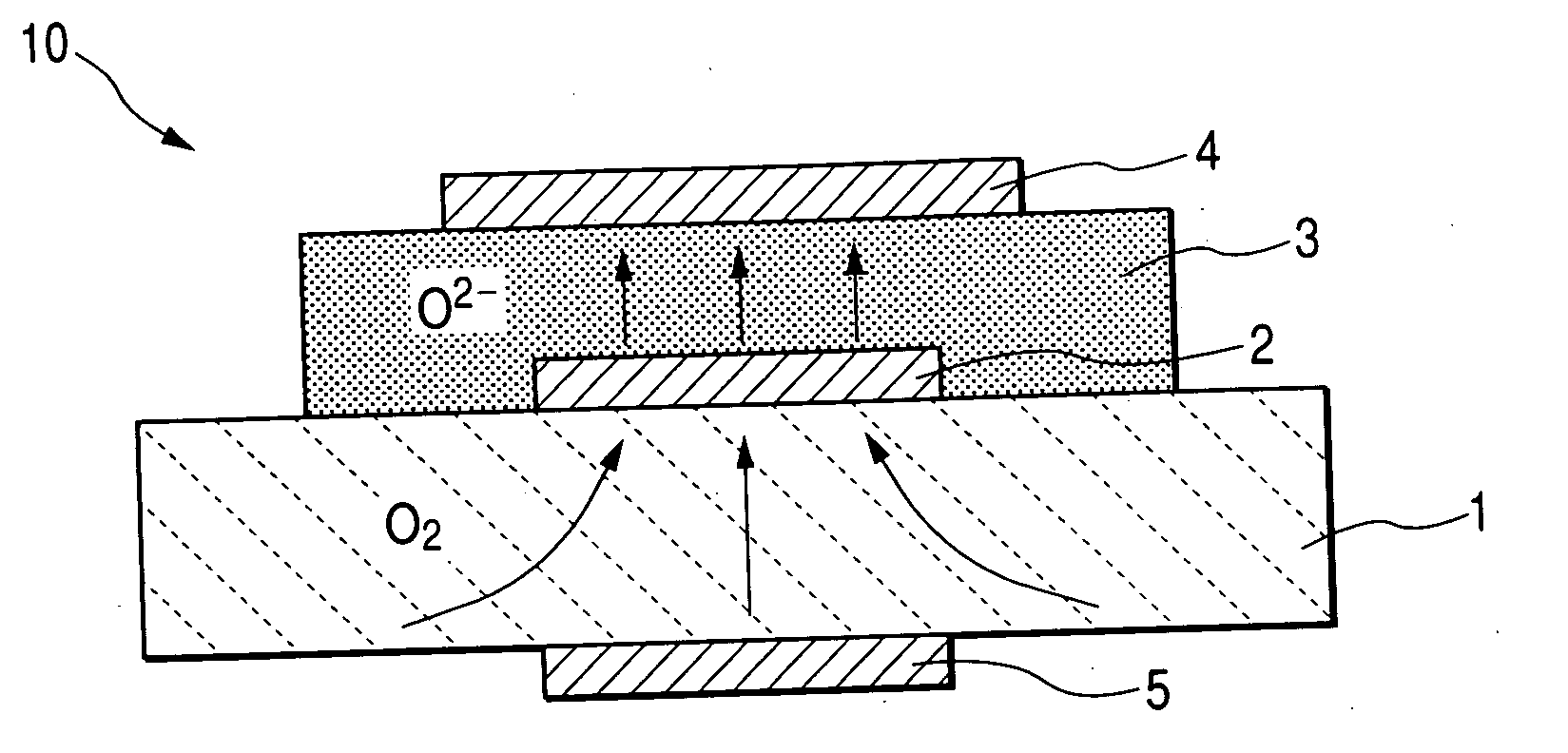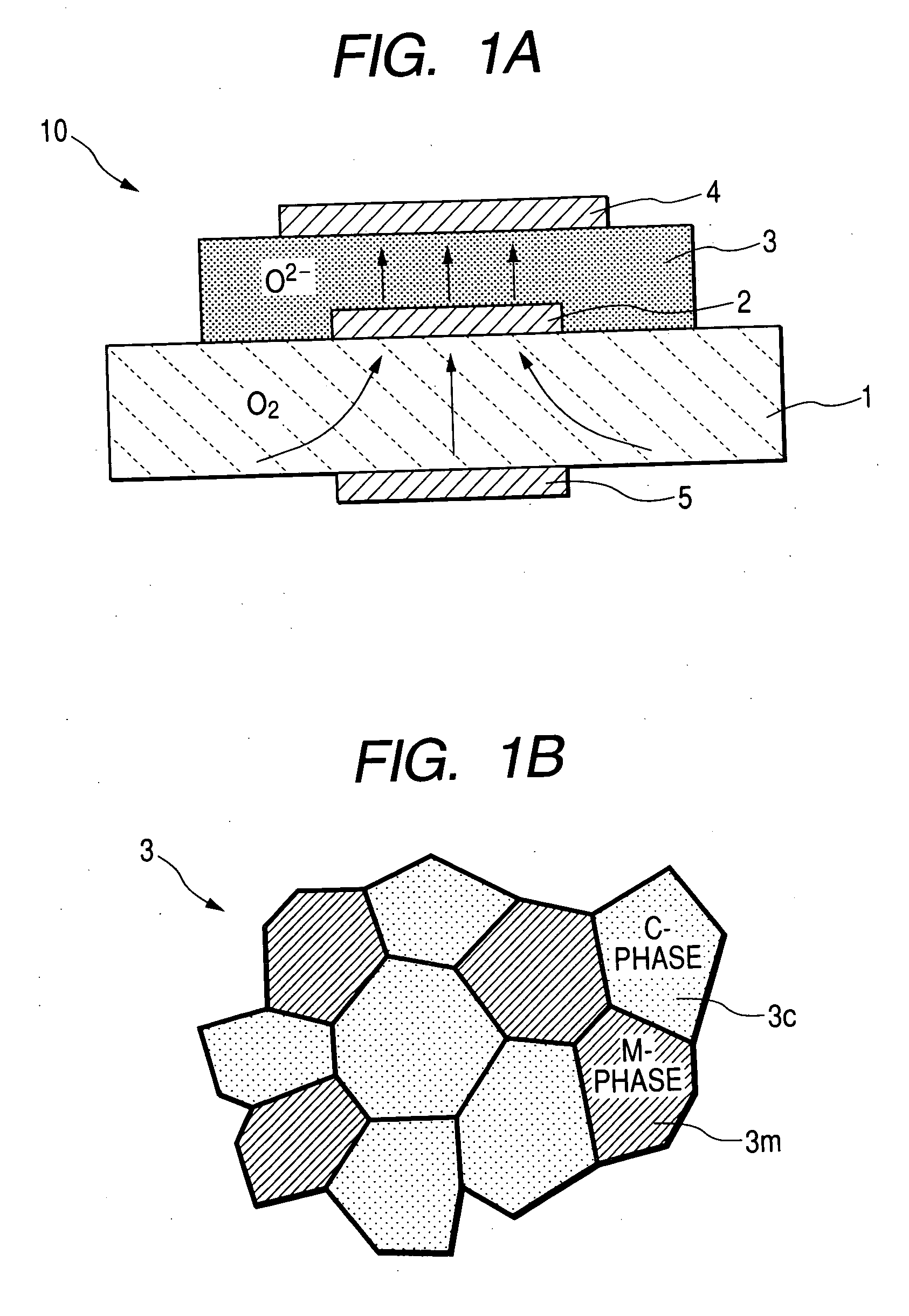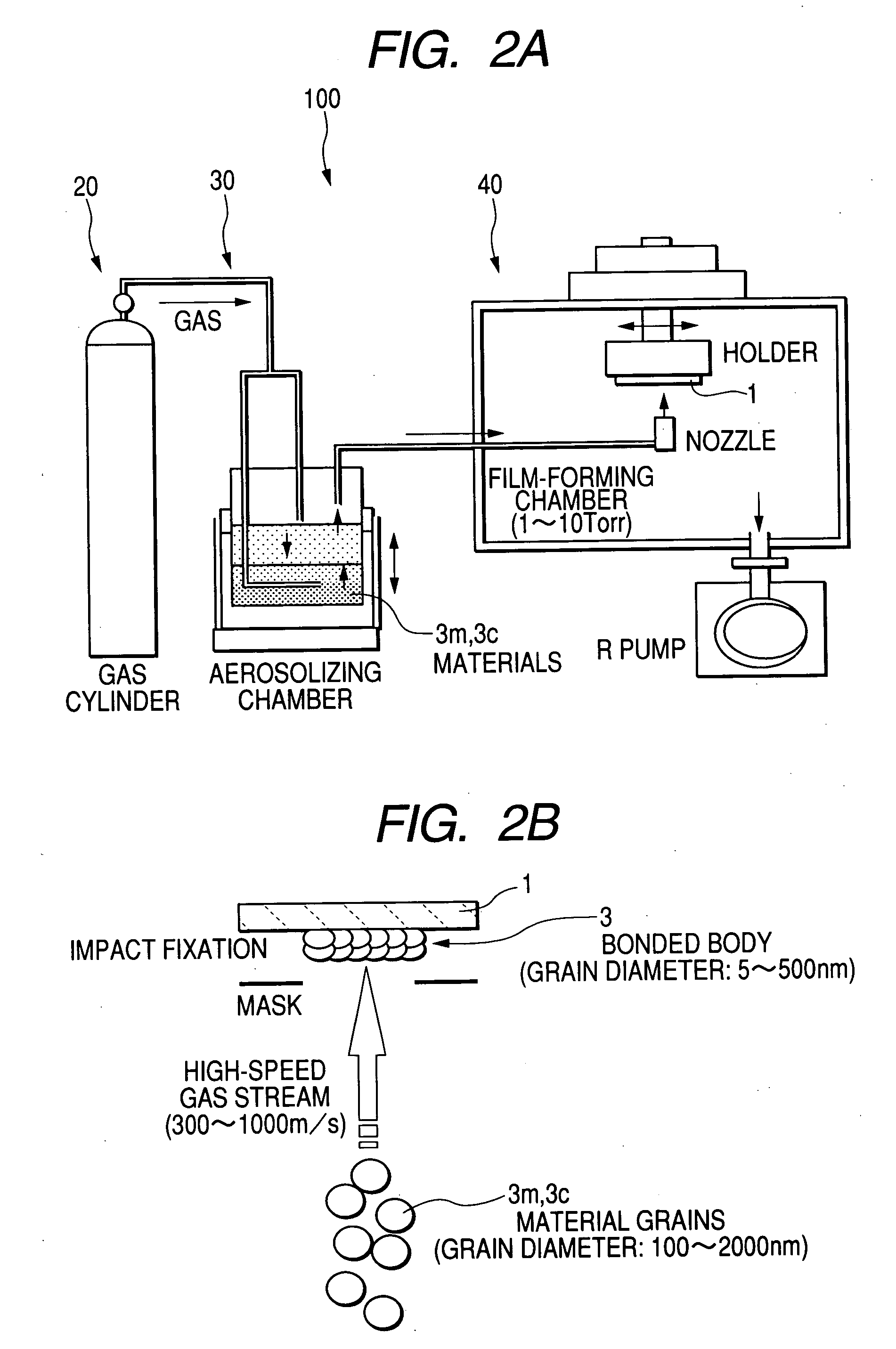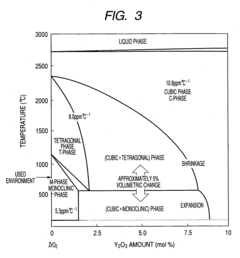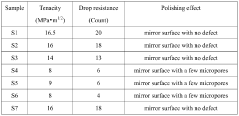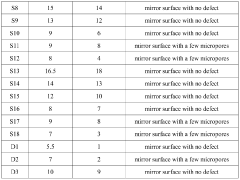Zirconia in Aerospace: Improving Component Reliability
Zirconia Aerospace Evolution
The evolution of zirconia in aerospace applications has been a journey marked by significant technological advancements and a growing recognition of its potential to enhance component reliability. Initially introduced in the aerospace industry during the late 20th century, zirconia's unique properties quickly garnered attention from engineers and materials scientists.
In the 1980s, zirconia began to find its way into aerospace components, primarily in thermal barrier coatings for jet engine turbine blades. This application leveraged zirconia's exceptional thermal insulation properties, allowing engines to operate at higher temperatures and thus improving overall efficiency. As research progressed, the focus shifted towards developing more stable forms of zirconia, particularly yttria-stabilized zirconia (YSZ), which became the industry standard for thermal barrier coatings.
The 1990s saw an expansion of zirconia's role in aerospace, with its integration into structural components. The material's high strength-to-weight ratio and resistance to corrosion made it an attractive option for various aircraft parts. During this period, advancements in manufacturing techniques, such as plasma spraying and electron beam physical vapor deposition, enabled more precise and reliable production of zirconia-based components.
Entering the 21st century, the aerospace industry's demand for lighter, stronger, and more durable materials intensified. This drove further innovation in zirconia applications, including its use in advanced sensor systems and fuel cell technologies for next-generation aircraft. The development of nanostructured zirconia composites in the 2000s opened new possibilities for enhancing the material's mechanical properties and thermal stability.
Recent years have witnessed a surge in research focused on improving zirconia's toughness and reliability under extreme conditions. This has led to the exploration of novel compositions and manufacturing processes, such as the incorporation of other ceramic materials to create zirconia-based composites with superior performance characteristics. Additionally, advancements in computational modeling and simulation have allowed for more accurate predictions of zirconia's behavior in complex aerospace environments.
The ongoing evolution of zirconia in aerospace is now centered on addressing the challenges of hypersonic flight and space exploration. Researchers are investigating zirconia's potential in ultra-high temperature ceramics (UHTCs) for hypersonic vehicle leading edges and thermal protection systems for spacecraft. These applications demand unprecedented levels of thermal and mechanical performance, pushing the boundaries of zirconia's capabilities.
Aerospace Market Demand
The aerospace market has been experiencing steady growth, driven by increasing air travel demand, defense spending, and space exploration initiatives. This growth directly impacts the demand for advanced materials like zirconia, which plays a crucial role in improving component reliability in aerospace applications.
Commercial aviation, a key segment of the aerospace industry, has shown robust expansion. Despite temporary setbacks due to global events, long-term projections remain positive. Airlines are continuously seeking ways to enhance fuel efficiency and reduce maintenance costs, creating a strong demand for lightweight and durable materials. Zirconia, with its exceptional properties, addresses these needs by offering improved thermal resistance and wear resistance in critical engine components.
The defense sector, another significant driver of aerospace market demand, has seen increased budgets in many countries. This has led to the development of advanced military aircraft and unmanned aerial vehicles (UAVs), both of which require high-performance materials to ensure reliability under extreme conditions. Zirconia's ability to withstand high temperatures and resist corrosion makes it an ideal candidate for various defense aerospace applications.
Space exploration has entered a new era with the rise of commercial space companies and ambitious government programs. This has created a surge in demand for materials that can withstand the harsh conditions of space travel. Zirconia's thermal stability and resistance to radiation damage position it as a valuable material for spacecraft components, satellite systems, and reentry vehicles.
The growing emphasis on sustainability in the aerospace industry has also influenced market demand. As manufacturers strive to reduce emissions and improve fuel efficiency, there is an increasing focus on developing more efficient engines and lightweight structures. Zirconia's potential to enhance engine performance and reduce overall aircraft weight aligns well with these sustainability goals.
Maintenance, repair, and overhaul (MRO) services represent another significant market segment driving demand for zirconia in aerospace. As airlines seek to extend the lifespan of their fleets and reduce downtime, there is a growing need for components with superior durability and reliability. Zirconia-based parts offer longer service life and reduced maintenance requirements, making them attractive for MRO applications.
The emerging urban air mobility (UAM) sector, including electric vertical takeoff and landing (eVTOL) vehicles, presents new opportunities for zirconia applications. These novel aircraft designs require materials that can withstand frequent takeoffs and landings while maintaining low weight and high reliability. Zirconia's unique properties make it a promising candidate for various components in these innovative aircraft.
Zirconia Challenges
Despite the numerous advantages of zirconia in aerospace applications, several challenges persist in its widespread adoption and optimal utilization. One of the primary concerns is the material's susceptibility to low-temperature degradation (LTD), also known as aging. This phenomenon occurs when zirconia is exposed to humid environments at temperatures between 150°C and 400°C, leading to a gradual transformation of the tetragonal phase to the monoclinic phase. This transformation results in microcracking and a subsequent decrease in mechanical properties, potentially compromising the reliability of aerospace components.
Another significant challenge is the difficulty in achieving consistent and uniform properties across large-scale zirconia components. The manufacturing process, particularly sintering, can lead to variations in density, grain size, and phase composition throughout the material. These inconsistencies can result in unpredictable mechanical behavior and reduced overall performance of aerospace parts, especially those subjected to extreme conditions.
The high cost of zirconia production and processing also presents a barrier to its widespread implementation in aerospace applications. The complex manufacturing processes required to produce high-quality zirconia components, coupled with the need for specialized equipment and expertise, contribute to elevated production costs. This economic factor often limits the use of zirconia to high-value, critical components where its superior properties justify the increased expense.
Furthermore, the integration of zirconia components with other materials in aerospace systems poses significant challenges. The differences in thermal expansion coefficients between zirconia and metals or other ceramics can lead to thermal stresses and potential failure at interfaces during temperature cycling. Developing reliable joining techniques and designing appropriate interface structures to mitigate these issues remains an ongoing area of research and development.
The limited ductility and inherent brittleness of zirconia also present challenges in aerospace applications. While zirconia exhibits excellent strength and toughness compared to many ceramics, it still lacks the plastic deformation capability of metals. This characteristic makes zirconia components more susceptible to catastrophic failure under certain loading conditions, necessitating careful design considerations and the development of advanced toughening mechanisms.
Lastly, the long-term behavior and reliability of zirconia under the extreme conditions encountered in aerospace environments require further investigation. The combined effects of high temperatures, cyclic loading, and exposure to corrosive gases or radiation on the material's properties and performance over extended periods are not fully understood. Developing accurate predictive models and conducting comprehensive long-term testing are essential to ensure the safety and reliability of zirconia components throughout their service life in aerospace applications.
Current Zirconia Solutions
01 Zirconia composition and manufacturing
Improving the reliability of zirconia materials through optimized composition and manufacturing processes. This includes controlling the grain size, adding stabilizing agents, and using specific sintering techniques to enhance the mechanical properties and durability of zirconia-based products.- Composition and structure optimization: Improving zirconia reliability through optimizing its composition and microstructure. This includes controlling grain size, adding stabilizing agents, and developing multi-phase structures to enhance mechanical properties and durability.
- Surface treatment and coating techniques: Enhancing zirconia reliability by applying various surface treatments and coatings. These methods can improve wear resistance, reduce friction, and increase overall durability of zirconia components.
- Manufacturing process improvements: Refining manufacturing processes to increase zirconia reliability. This includes optimizing sintering conditions, developing new forming techniques, and implementing quality control measures to ensure consistent production of high-quality zirconia components.
- Testing and characterization methods: Developing advanced testing and characterization techniques to assess and predict zirconia reliability. This includes accelerated aging tests, non-destructive evaluation methods, and in-situ monitoring of zirconia components during use.
- Application-specific reliability enhancements: Tailoring zirconia properties and designs for specific applications to improve reliability. This includes developing specialized zirconia formulations for dental implants, thermal barrier coatings, and other high-performance applications.
02 Surface treatment and coating
Enhancing zirconia reliability through various surface treatments and coating methods. These techniques can improve wear resistance, reduce friction, and increase the overall lifespan of zirconia components in different applications.Expand Specific Solutions03 Zirconia in dental applications
Focusing on the reliability of zirconia in dental prosthetics and implants. This includes developing techniques to improve the material's strength, aesthetics, and biocompatibility for long-lasting dental restorations.Expand Specific Solutions04 Zirconia-based composites
Developing zirconia-based composite materials to enhance reliability in various applications. These composites combine zirconia with other materials to achieve improved mechanical properties, thermal resistance, and overall performance.Expand Specific Solutions05 Testing and quality control
Implementing advanced testing methods and quality control processes to ensure the reliability of zirconia products. This includes developing standardized procedures for evaluating mechanical properties, aging resistance, and long-term performance of zirconia materials.Expand Specific Solutions
Aerospace Zirconia Players
The aerospace industry's adoption of zirconia for improving component reliability is in a growth phase, driven by increasing demand for high-performance materials. The market size is expanding as aerospace manufacturers seek advanced solutions for enhancing durability and efficiency. Technologically, zirconia applications are maturing, with companies like United Technologies Corp. and Airbus Defence & Space GmbH leading innovation. Research institutions such as Harbin Institute of Technology and Northwestern Polytechnical University are contributing to advancements. The competitive landscape is diverse, including materials specialists like 3M Innovative Properties Co. and Saint-Gobain Ceramics & Plastics, Inc., alongside aerospace giants, indicating a robust ecosystem of innovation and application development in this field.
Westinghouse Electric Co. LLC
United Technologies Corp.
Key Zirconia Innovations
- A zirconia structural body with a bonded layer composed of monoclinic and cubic zirconia crystal grains, where the monoclinic grains contain 1.5 mol % or less Y2O3 and the cubic grains contain 8 mol % or more Y2O3, formed by an aerosol deposition method under depressurized conditions, which reduces phase transformations and thermal expansion coefficient differences, and uses platinum electrodes and heaters for improved reliability and productivity.
- Incorporation of cubic SrxNbO3 stable phase within zirconia matrix to improve tenacity and drop resistance performance.
- Development of a specific preparation method involving mixing of zirconia, SrCO3, and Nb2O5 powders with precise molar ratios.
- Application of the improved Zr-based composite ceramic material for large area appearance parts like shells or decorations.
Zirconia Safety Standards
The implementation of zirconia in aerospace applications necessitates stringent safety standards to ensure the reliability and performance of components under extreme conditions. These standards encompass various aspects of material selection, manufacturing processes, quality control, and performance testing. The aerospace industry has developed comprehensive guidelines and regulations specifically tailored to zirconia-based components, addressing their unique properties and potential failure modes.
Material specifications for aerospace-grade zirconia are rigorously defined, including requirements for chemical composition, grain size, density, and phase stability. These specifications aim to minimize the risk of structural degradation and ensure consistent performance across different batches and suppliers. Manufacturers must adhere to strict quality control measures throughout the production process, including raw material sourcing, powder preparation, forming, sintering, and finishing.
Non-destructive testing (NDT) plays a crucial role in zirconia safety standards for aerospace applications. Advanced techniques such as ultrasonic testing, X-ray computed tomography, and thermography are employed to detect internal defects, microcracks, and variations in material properties. These methods allow for thorough inspection of components without compromising their integrity, ensuring that only parts meeting the highest quality standards are integrated into aerospace systems.
Mechanical testing protocols for zirconia components in aerospace applications are particularly rigorous. They include evaluations of tensile strength, compressive strength, fracture toughness, and fatigue resistance under various environmental conditions. Simulated service conditions, such as thermal cycling and exposure to corrosive environments, are incorporated into these tests to assess long-term performance and reliability.
Safety standards also address the specific challenges associated with zirconia's phase transformation toughening mechanism. Guidelines are in place to control and monitor the tetragonal-to-monoclinic phase transformation, which is critical for the material's toughness but can also lead to volume changes and potential structural instability if not properly managed. This includes specifications for stabilizing additives and heat treatment processes to optimize the phase composition for aerospace applications.
Certification processes for zirconia components in aerospace require extensive documentation and traceability. Manufacturers must maintain detailed records of material sourcing, processing parameters, and quality control measures. This documentation is essential for regulatory compliance and enables thorough investigation in the event of component failure or performance issues.
Continuous improvement and updating of safety standards are integral to the use of zirconia in aerospace. As new research findings emerge and manufacturing technologies advance, industry bodies and regulatory agencies collaborate to refine and enhance safety guidelines. This ongoing process ensures that zirconia components continue to meet the evolving demands of aerospace applications while maintaining the highest levels of safety and reliability.
Environmental Impact
The use of zirconia in aerospace applications for improving component reliability has significant environmental implications that warrant careful consideration. The production and utilization of zirconia-based components in aircraft and spacecraft can contribute to both positive and negative environmental impacts throughout their lifecycle.
From a manufacturing perspective, the production of zirconia ceramics typically requires high-temperature processes, which can be energy-intensive and result in greenhouse gas emissions. However, advancements in production techniques, such as sol-gel methods and low-temperature sintering, have the potential to reduce the environmental footprint of zirconia manufacturing. Additionally, the raw materials used in zirconia production are generally abundant and have a relatively low environmental impact compared to some other advanced materials.
In terms of operational environmental impact, zirconia components in aerospace applications can lead to substantial improvements in fuel efficiency and emissions reduction. The material's high strength-to-weight ratio allows for the design of lighter aircraft components, which directly translates to reduced fuel consumption and lower carbon emissions over the lifespan of the aircraft. Furthermore, zirconia's excellent thermal properties enable more efficient engine designs, potentially leading to even greater reductions in fuel consumption and emissions.
The durability and longevity of zirconia components also contribute positively to environmental sustainability. The material's resistance to wear, corrosion, and thermal shock means that components made from zirconia have extended service lives compared to traditional materials. This longevity reduces the frequency of component replacement, thereby minimizing waste generation and the need for additional manufacturing processes.
End-of-life considerations for zirconia components in aerospace applications present both challenges and opportunities. While zirconia is not biodegradable, it is chemically inert and does not pose significant risks of environmental contamination. Recycling of zirconia components is technically feasible, although current practices are limited due to the complexity of separating and processing aerospace materials. Developing efficient recycling methods for zirconia and other advanced ceramics used in aerospace applications represents an important area for future research and development to further enhance the material's environmental profile.
In conclusion, while the production of zirconia components for aerospace applications does have some environmental costs, the overall impact appears to be positive when considering the full lifecycle of the material. The improvements in fuel efficiency, emissions reduction, and component longevity offer significant environmental benefits that likely outweigh the initial production-related impacts. Continued research into more environmentally friendly production methods and improved recycling techniques will further enhance the sustainability of zirconia use in aerospace applications.
